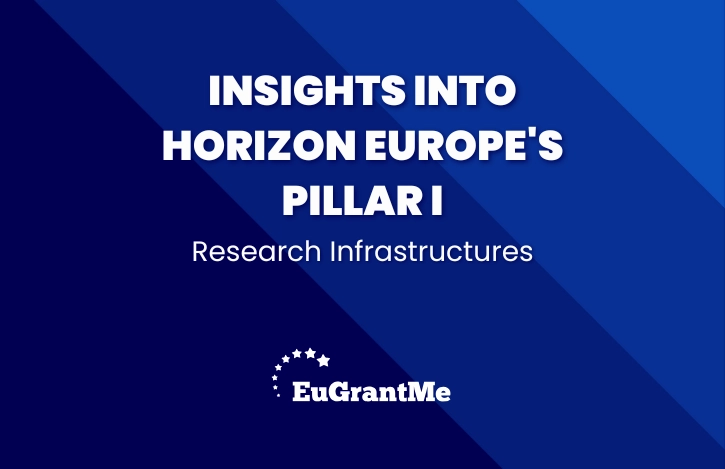Horizon Europe’s Pillar I focuses on strengthening the European Research Area. Research infrastructures are a key part of this effort. They support scientists by providing advanced facilities, resources, and services. These infrastructures foster collaboration, drive innovation, and enhance Europe’s global research leadership.
Europe invests in research infrastructures to ensure access to cutting-edge technologies. Laboratories, observatories, and digital platforms allow researchers to conduct groundbreaking studies. These resources benefit multiple scientific fields, from health and climate to engineering and space.
Types of Research Infrastructures
Research infrastructures come in different forms. Physical facilities, such as large-scale laboratories and high-performance computing centres, provide essential tools for scientists. Distributed networks link various institutions, allowing them to share data and expertise. Virtual infrastructures enable access to digital resources, ensuring researchers can collaborate efficiently.
Each type plays a critical role in advancing knowledge. Physical infrastructures support experiments that require complex equipment. Distributed networks connect experts across Europe, fostering cross-border research. Virtual infrastructures improve data accessibility, making science more inclusive and efficient.
European Strategy and Funding Support
The European Commission recognises the importance of research infrastructures. It funds their development through Horizon Europe. The European Strategy Forum on Research Infrastructures (ESFRI) helps coordinate investments. ESFRI identifies priority projects and ensures resources align with strategic goals.
Funding mechanisms support both new and existing infrastructures. Horizon Europe provides grants for construction, operation, and upgrades. National governments and private partners often co-finance these projects. This approach strengthens Europe’s research capabilities and ensures long-term sustainability.
Advancing Scientific Excellence
Research infrastructures drive scientific excellence. They provide access to state-of-the-art equipment, ensuring high-quality results. By enabling collaboration, they bring together top researchers from different disciplines. This exchange of knowledge accelerates innovation and discovery.
These infrastructures also support early-career scientists. Training programmes help researchers develop specialised skills. Access to world-class facilities allows them to conduct impactful studies. This investment in talent strengthens Europe’s research ecosystem.
Supporting Innovation and Industry
Research infrastructures benefit not only academia but also industry. Companies use these facilities to test new materials, processes, and technologies. This collaboration speeds up product development and boosts European competitiveness.
Many infrastructures offer open-access policies. Start-ups and SMEs can use advanced tools without significant investment. This lowers barriers to innovation and supports economic growth. By linking research and industry, infrastructures turn scientific progress into real-world applications.
Strengthening International Collaboration
European research infrastructures attract global partnerships. They provide unique resources that draw top scientists from around the world. International collaborations enhance knowledge exchange and expand research opportunities.
The European Union also cooperates with non-European countries. Agreements with global partners ensure shared access to facilities. This strengthens diplomatic ties and promotes scientific progress on a global scale.
Addressing Societal Challenges
Research infrastructures contribute to solving major societal challenges. They support studies on climate change, public health, and energy transition. Advanced laboratories help researchers develop clean technologies and sustainable solutions.
During crises, these infrastructures play a crucial role. They provide rapid responses to emerging threats, such as pandemics or environmental disasters. Access to accurate data and cutting-edge equipment enables faster decision-making.
The Future
The demand for research infrastructures will continue to grow. New technologies, such as artificial intelligence and quantum computing, require advanced facilities. Europe must invest in modernising existing infrastructures and building new ones.
Sustainability is also a key focus. Many infrastructures aim to reduce their environmental impact. Energy-efficient buildings and green technologies will shape future developments. Strengthening digital infrastructures will improve access and collaboration.
Horizon Europe’s Pillar I ensures Europe remains a leader in scientific research. Research infrastructures will continue to drive innovation, collaboration, and excellence across disciplines.
At EuGrantMe, we are passionate about fostering innovation and empowering ambitious minds to flourish. Our mission revolves around providing top-notch grant writing services for the EIC Accelerator and Horizon grants in Europe. We enable our customers to unlock the full potential of their ground-breaking ideas.
Do you have a project to turn into reality?
Contact us!


